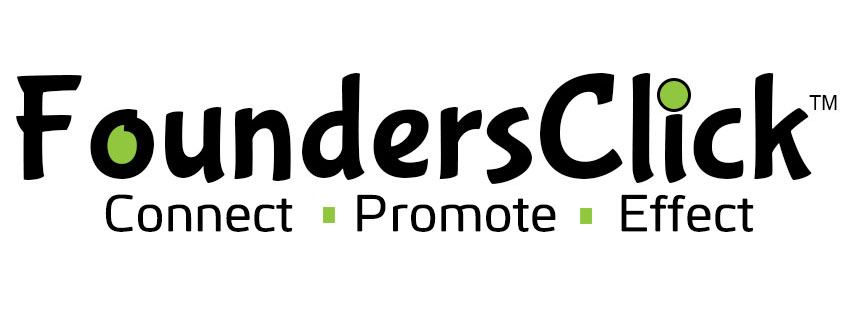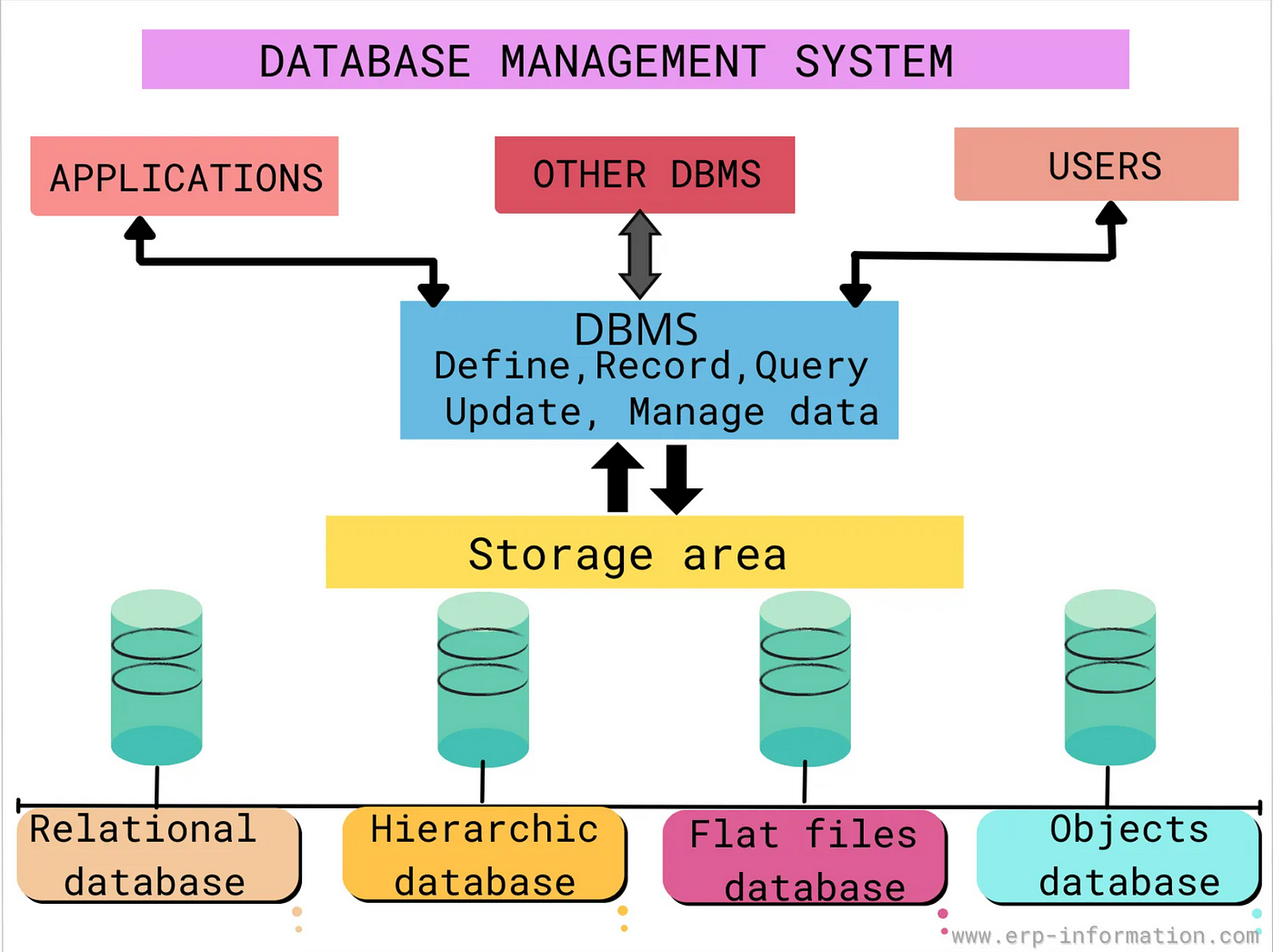Database Management System (DBMS) is a software system that is designed to manage and organize data in a structured manner. It allows users to create, modify, and query a database, as well as manage the security and access controls for that database.
DBMS provides an environment to store and retrieve the data in coinvent and efficient manner.
Key Features of DBMS
Data modeling: A DBMS provides tools for creating and modifying data models, which define the structure and relationships of the data in a database.
Data storage and retrieval: A DBMS is responsible for storing and retrieving data from the database, and can provide various methods for searching and querying the data.
Concurrency control: A DBMS provides mechanisms for controlling concurrent access to the database, to ensure that multiple users can access the data without conflicting with each other.
Data integrity and security: A DBMS provides tools for enforcing data integrity and security constraints, such as constraints on the values of data and access controls that restrict who can access the data.
Backup and recovery: A DBMS provides mechanisms for backing up and recovering the data in the event of a system failure.
DBMS can be classified into two types: Relational Database Management System (RDBMS) and Non-Relational Database Management System (NoSQL or Non-SQL)
RDBMS: Data is organized in the form of tables and each table has a set of rows and columns. The data are related to each other through primary and foreign keys.
NoSQL: Data is organized in the form of key-value pairs, documents, graphs, or column-based. These are designed to handle large-scale, high-performance scenarios.
A database is a collection of interrelated data which helps in the efficient retrieval, insertion, and deletion of data from the database and organizes the data in the form of tables, views, schemas, reports, etc. For Example, a university database organizes the data about students, faculty, admin staff, etc. which helps in the efficient retrieval, insertion, and deletion of data from it.
Database Languages
1.Data Definition Language
2.Data Manipulation Language
3 Data Control Language
4.Transactional Control Language
5.Data Definition Language
DDL is the short name for Data Definition Language, which deals with database schemas and descriptions, of how the data should reside in the database.
CREATE: to create a database and its objects like (table, index, views, store procedure, function, and triggers)
ALTER: alters the structure of the existing databaseDROP: delete objects from the database
TRUNCATE: remove all records from a table, including all spaces allocated for the records are removed
COMMENT: add comments to the data dictionary
RENAME: rename an object
Data Manipulation Language
DML is the short name for Data Manipulation Language which deals with data manipulation and includes most common SQL statements such SELECT, INSERT, UPDATE, DELETE, etc., and it is used to store, modify, retrieve, delete and update data in a database.
SELECT: retrieve data from a database
INSERT: insert data into a table
UPDATE: updates existing data within a table
DELETE: Delete all records from a database table
MERGE: UPSERT operation (insert or update)
CALL: call a PL/SQL or Java subprogram
EXPLAIN PLAN: interpretation of the data access path
LOCK TABLE: concurrency Control

 SkillClick
SkillClick
